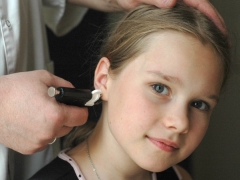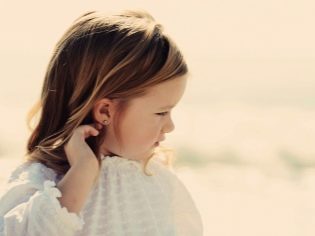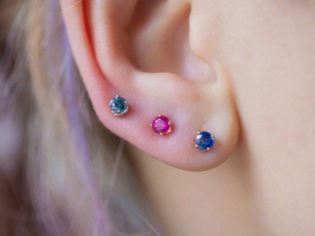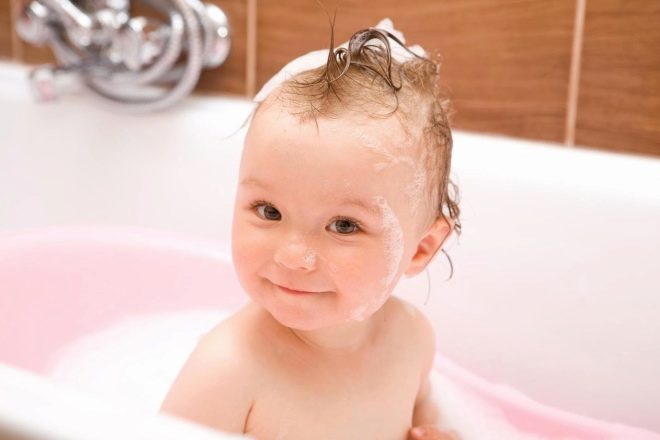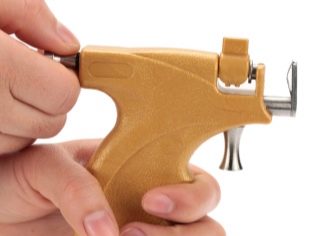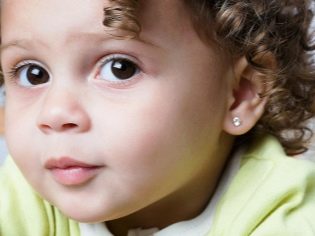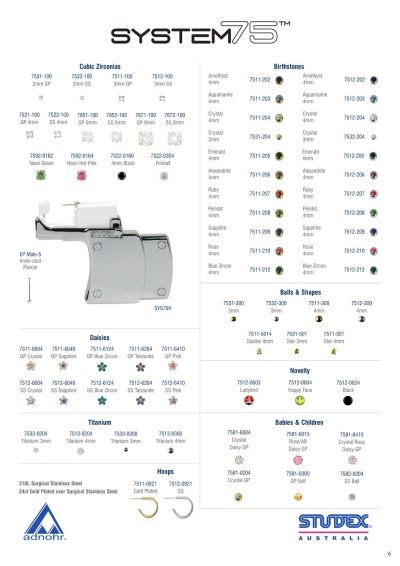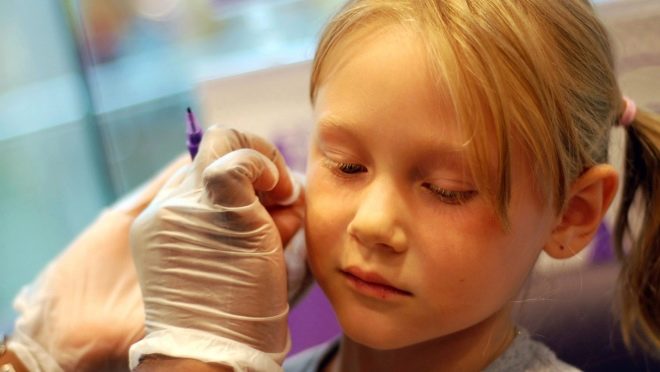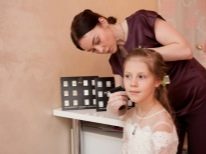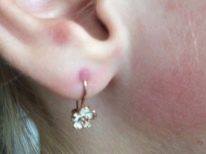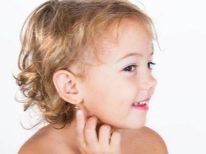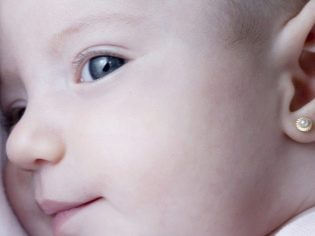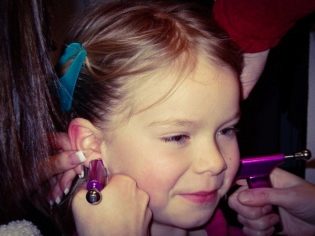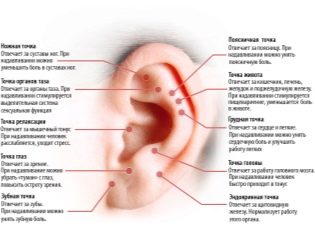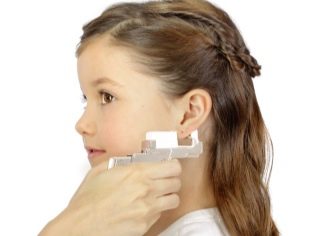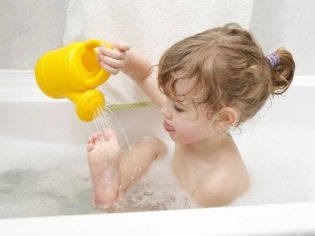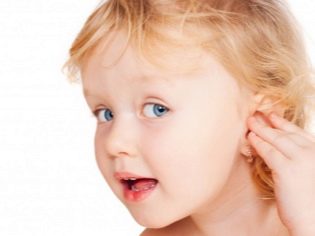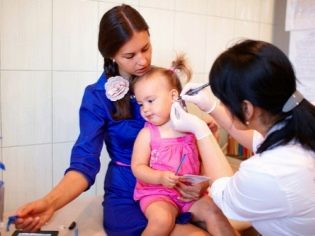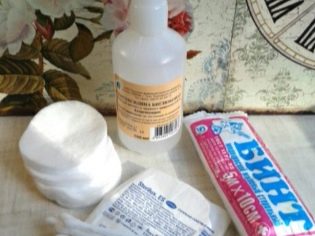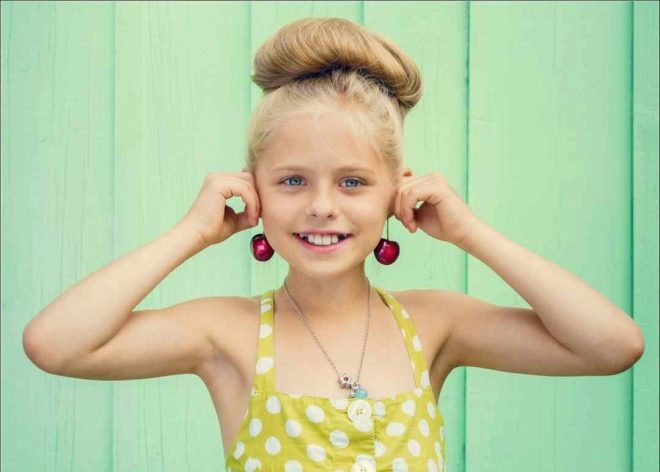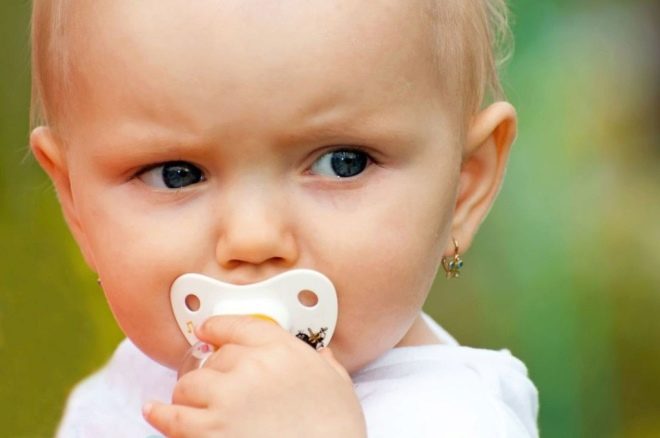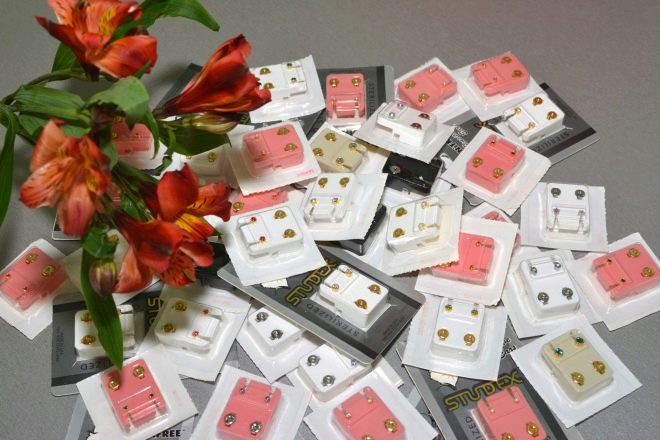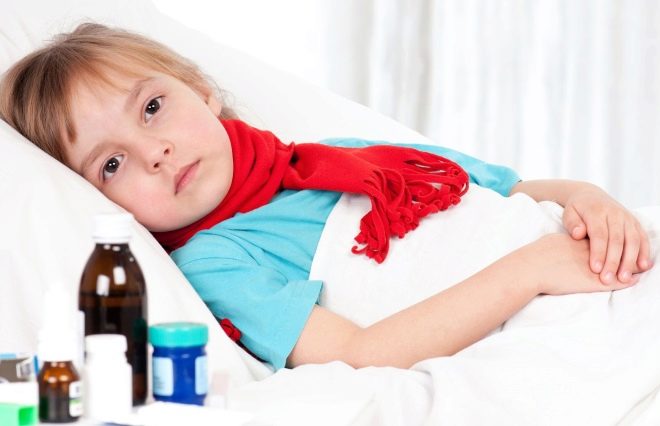Ear piercing children with a pistol
If the family decides that the child needs to pierce the ears, then the question will arise how to do it better. One of the most painless and quickest is puncture of the ears "gun". What is the procedure, what to expect for parents and children who have decided to resort to it, we will tell in this material.
Training
After making a decision, a pediatrician should be visited with a child. The doctor will be able to tell if the girl has any contraindications for piercing the ears, is she healthy at the moment. After that, you should choose an office or a clinic that is engaged in piercing, to get acquainted not only with the rates for services, but also with patient reviews about the work of specialists.
Ear piercing is a mini-operation, and therefore the cabinet must have a license to provide such services to the public.
On the day of the puncture, it is worth washing the child's head to keep the hair clean and collect them in a tail or a bundle so that they do not interfere with the master. You can use the call of a specialist in piercing at home, now this service is available. But at home, no specialist will undertake to guarantee the sterility of the procedure.
Procedure description
To pierce the ears, use a special device that looks like a gun. The gun itself is reusable, but the earrings that are loaded into it - the “studs” are sterile.
For starters, parents have to choose the studs themselves. They are made of medical steel, which is widely used in surgery and due to the composition of the alloy does not cause an allergic reaction and prevents inflammation.
The choice of "studs" for the pistol method of piercing the ears, unfortunately, is small. It is much richer when using another method - the innovative "System 75". For the “pistol”, the selected earrings are, in fact, a bullet, which under the mechanical action will act as a needle. At the same time, the earring will automatically fasten behind the earlobe.
The procedure takes only a few minutes:
- First, the master treats the lobes with an antiseptic, then with the help of a marker marks the points where the decorations will flaunt very soon.
- If the location of the punctures suits the girl and her parents, the “pistol” is charged with pre-selected earrings, brought to the intended point and fired.
- Similar actions are carried out with another lobe. At this puncture is considered complete, the master makes recommendations for the care of the ears at first and releases the child home.
Pros and cons of the method
It should be noted that professional piercing masters are not too fond of this method of piercing, since the processing of the ears after it presents certain difficulties, because turning the “stud” in a fresh wound is rather difficult. Faster, according to experts, the wounds heal into which gold earrings with earrings are inserted, which is convenient to rotate when making treatment. However, it is possible to insert such earrings only in one case - after piercing the ears in the traditional manual way using a piercing needle and a catheter.
However, the plus of the “pistol”, for which it is so often chosen for ear piercing by children, is that everything passes quickly, almost without blood, and the child does not have time to get scared and throw a loud tantrum. You can not call the pistol method silent. When punching the skin and tissue sound will be, and he sometimes scares the child.Here the mood with which the child comes to the cosmetology room is important.
If parents morally prepared him for the procedure, the accompanying sound will not create problems.
For all its merits, it is impossible to call the puncture method “pistol” completely safe:
- Firstly, the device itself is still reusable, and with a careless attitude of the master to disinfection, the child may be infected.
- Secondly, as a result of manipulation, nerve nodes and important active points that affect the functioning of the organs of sight, hearing, and the functions of certain internal organs can be damaged.
Like any automatic system, the “gun” may fail, and the earring just will not fly out at the right moment, such cases also occur. Despite all this, this method of ear piercing is popular and common among both adults and children.
Leaving after puncture
After a second procedure, a rather long and systematic care of the pierced ears will follow:
- Is it possible to swim? It is forbidden to bathe a child, wash his head, and drive to the bathhouse for the first 5 days after the puncture. When washing the face, it is important to ensure that water does not get into fresh wounds.
- How to brush a baby? It is very important that the medical “cloves” inserted into the ears do not cling to the hair, therefore, it is better to make high hairstyles, in which the hair will not come into contact with the auricles. When combing it is important not to touch the earring comb.
- Can I swim and swim in the pool? Swimming in the pool is prohibited for 2-3 weeks. Open water bodies - seas, rivers, lakes - should be avoided for at least one month after piercing.
- Can I play sports? Active games and physical activity are not recommended for at least 7-10 days after the piercing procedure. Increased sweating, which occurs during physical exertion, can enhance the inflammatory process in the ear lobes.
- How to handle correctly? Treat the wound after piercing need at least 3 times a day. To do this, optimally use hydrogen peroxide 3%, "Miramistin". It is forbidden to use alcohol, vodka or other alcohol-containing liquids for processing. Proper processing involves not only instillation of the antiseptic, but also scrolling the earrings in the traumatic canal so that it heals faster. This should be done very carefully, around its axis.
Do not “carnations” pull back and forth. If purulent discharges appear, at the end of treatment it is worth using an ointment with antibiotics, for example, “Levomekol».
- How many ears heal after a puncture "gun"? If the lobes are taken care of correctly, in compliance with all the requirements and recommendations, the lobes heal in 1.5 to 2 months. After this time, you can change the medical "studs" for any other earrings.
If you have problems with the removal of the "stud", you can contact the specialist who did the puncture. Usually this service for the first replacement of jewelry is completely free.
Recommendations
It is possible to make the puncture of the ears safer, and the healing of the wound - faster if we consider several important nuances:
- The age of the child. There are no clear recommendations on the age at which ears can be pierced, however, most doctors tend to call the optimal age of 3 years. An earlier puncture is fraught with complications and inflammation, since local immunity in children is underdeveloped. In addition, the baby, not understanding the seriousness of what happened, can touch the ears, pull the “carnations”; if the jewelry falls out, the child can swallow it or inhale it. After 12 years, the girl may face another problem - too slow healing of wounds, because in the process of puberty amid changes in hormonal levels, blood clotting and regenerative abilities of the body change.
- Right moment. The best time to pierce the ears are spring (end of April and May) and autumn (September).In these months, the child does not wear hats, scarves that can catch on and damage the ear, and there is not as much dust and sweat as on hot summer days.
- Material earrings. It should carefully examine what material are made earrings for the child. In the alloy should not be nickel. This metal causes the strongest allergic reactions.
Contraindications
It is better to temporarily refuse to puncture the earlobes, putting it aside for later, if:
- a child has recently had a viral or infectious disease, and his immunity is still weakened - in about a month it will be possible to realize his plans;
- a child has had ear problems or inflammatory eye diseases in the last few months — after the ENT device has been resolved, the ears can be pierced;
- the child had a head injury (it is better to wait at least six months after recovery).
The procedure for ear piercing is contraindicated in children with:
- diabetes;
- congenital propensity to form keloids;
- severe allergic reaction to medications and certain foods;
- congenital heart disease;
- mental disabilities;
- epilepsy;
- blood disorders associated with low platelet counts;
- Hiv
How to pierce the ears of children, see the following video:
